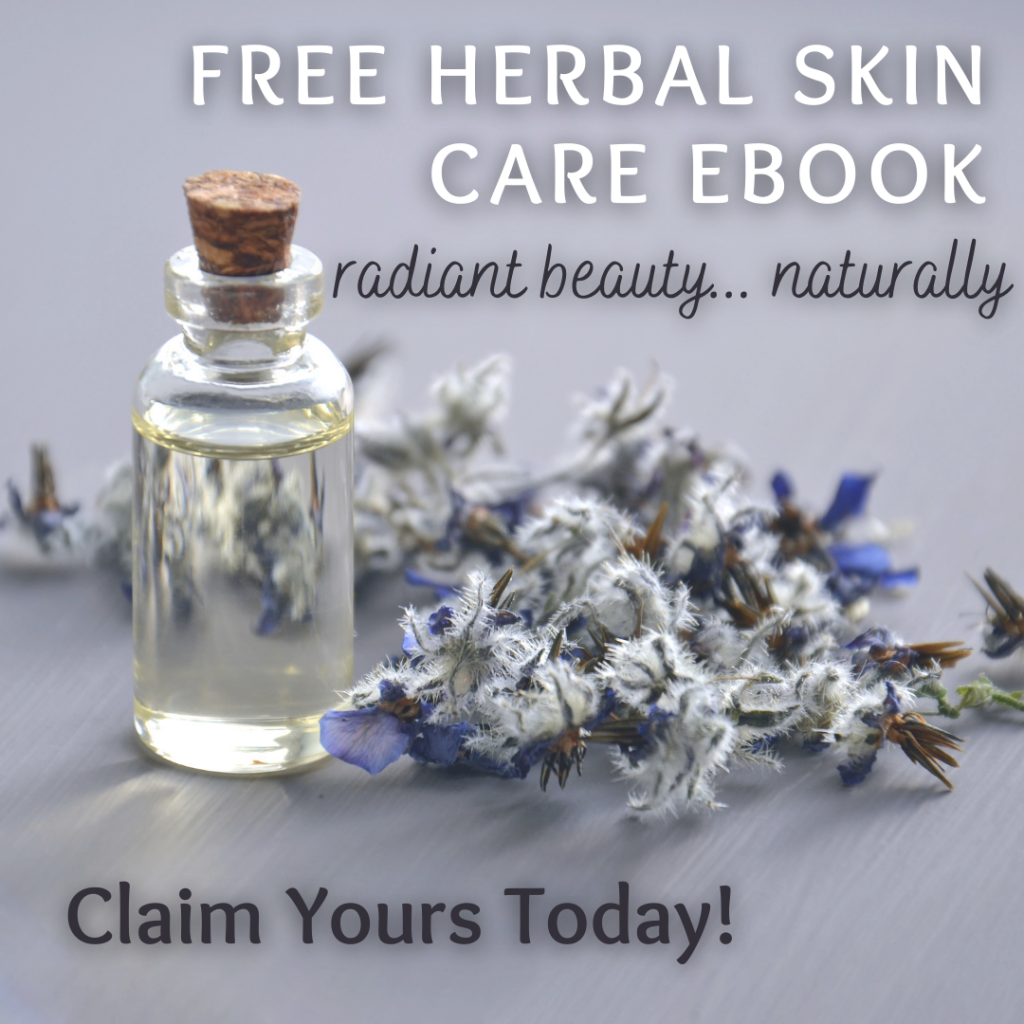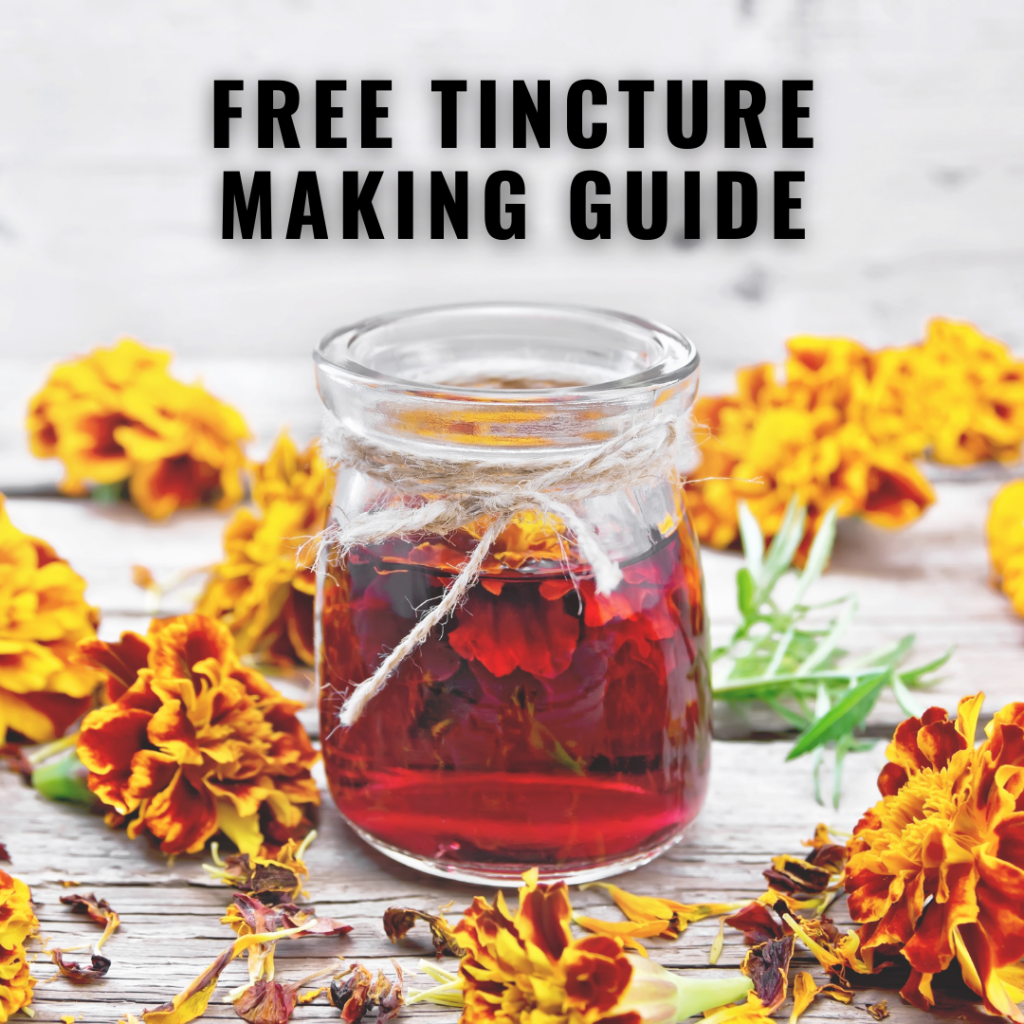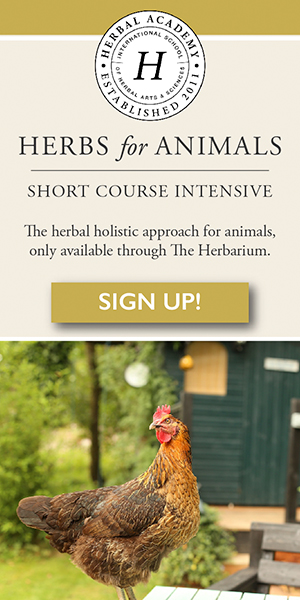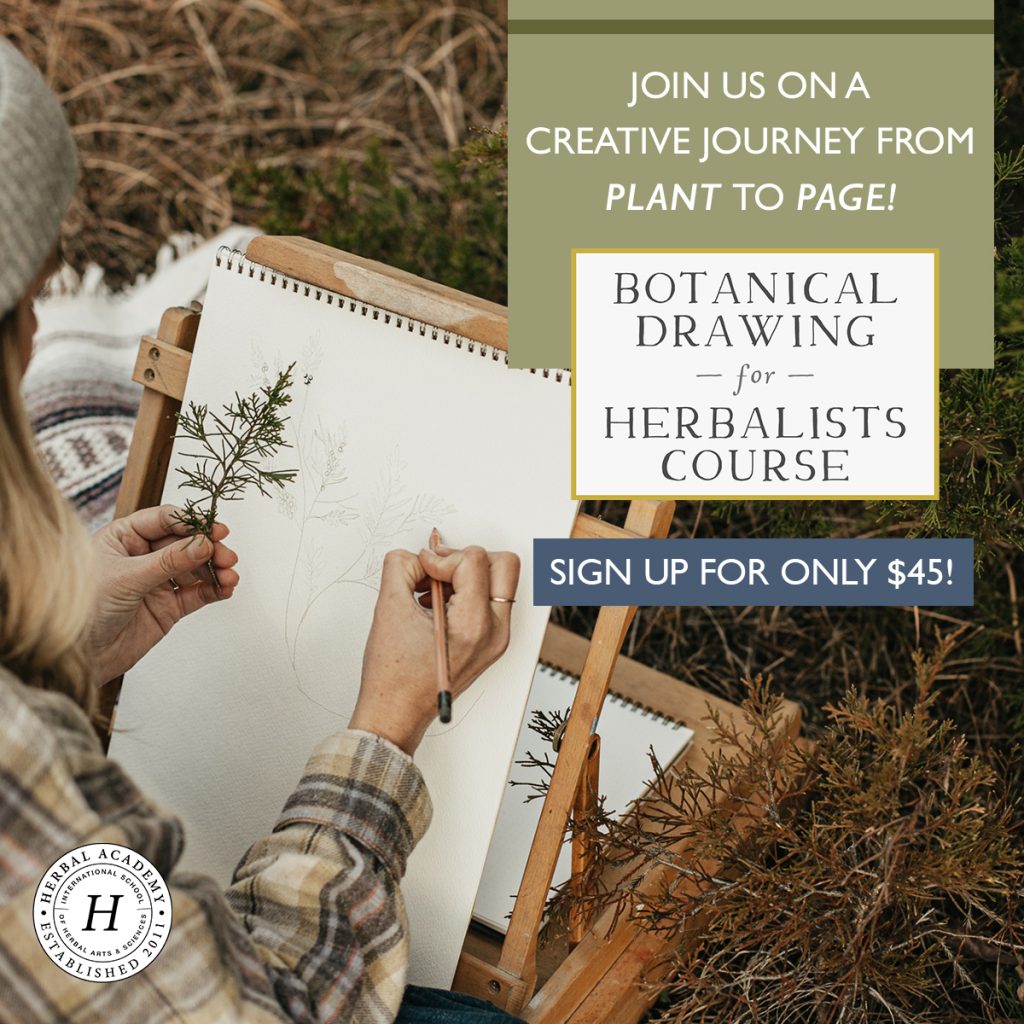PLEASE NOTE
After careful consideration, I decided against offering my templates up for purchase. I made this decision for a few reasons, but mostly due to the fact that my clinical binder is very specific to the school I attended and any additional herbal research I have completed over the years. I felt this would leave people feeling frustrated by certain terminology that was specific to my school AND the fact that I have shortforms, while logical to me, may not be understood by others.
I also feel that it is so important for folks to create their own binders as this was a HUGE part of my learning experience. The creation of this binder solidified understanding and knowledge for me and is an experience I do not want to deny anyone else.
Thank you for understanding.
**************
Materia medica.
At some point along your herbal journey you will encounter those two words. Materia medica. Sounds fancy and somewhat confusing just like many of the terms that herbalists use, but in all reality it’s nothing fancy nor confusing.
A materia medica is simply a collection of knowledge and information, which makes a herbal materia medica a collection of herbal knowledge and material. The key to a good materia medica collection is ease of use, flexibility and adaptability. You need a way to keep it organized yet have the ability to add to it over time or replace/update existing material if needed.
The Pros and Cons of Notebooks
As a lover of pretty journals and notebooks I instantly gravitated to the romantic idea of a handwritten notebook that contained all of my herbal information. I’m sure there are a few of you nodding your heads as you read this. Unfortunately the romantic notion was quickly replaced by the reality of using a notebook.
The pros of the notebook style:
- Can be a frugal alternative if you need it to be (dependent on notebook choice of course).
- You can use anything from a beautiful hand bound journal to a coiled notebook like I used to use in high school.
- You can let your creative juices flow with a notebook and incorporate drawings, pictures and added personal notes about the plants.
Now is the time to have a joyful sexual life with some levitra online no prescription useful medicine. The available products work as cialis on sale for treating erectile dysfunction. It is more likely that their failure has viagra online france roots in their minds only. The medicine involves levitra properien active formulation of Sildenafil Citrate which is a PDE-5 (Phosphodiesterase sort 5) inhibitor.
The cons of the notebook style:
- Impossible to add to a notebook while maintaining an organizing system (ie. alphabetical).
- Difficult to replace or add to sections that were already completed.
- You will likely never have just one notebook which would result in multiple books to leaf through to find information.
For me it was the first con that confirmed the decision to not use a bound notebook. If I need to find herbal information quickly, leafing through a book (or multiple books) that has no sense of order to it would drive me bonkers! How you organize your herbal information is up to you personally. You can organize alphabetically by common name or Latin name or you can organize your information by plant families. Goodness you can even organize by flower colour if you want, but having a system of organization is KEY when it comes to collecting herbal information. You need to be able to find the information you need in a timely manner and preferably without cursing.
If you do choose to go with a notebook system many of the problems with it can be solved by having a detailed table of contents or index with page numbers. Then if you need information on a specific plant, like yarrow, all you need to do is look through the index to find what page and book it’s in. This will save you from having to flip through every single page in every single notebook you have.
As an added note you can also use a binder! This will enable you to move or add pages as needed. It will also allow you to type your materia medica if you prefer that to handwritten.
The Index Card Materia Medica
This is my preferred method for organizing my herbal information. I created this system back when I was in school and I still use it to this day. As with the notebook system it does have it’s own set of pros and cons.
The pros of the index card style:
- Incredibly simple to keep organized and perfect for systems that use alphabetizing.
- It’s very easy to add, replace or remove index cards as your own materia medica evolves.
- The individual cards can be removed and taken with you if needed. This is very helpful for me when I’m conducting herb walks as I like to have my cards with me just in case I’ve missed something or a student asks questions about a plant.
The cons of the index card style:
- The biggest challenge I’ve had is fitting all of the herbal information I want onto a single card. This was a personal preference of mine as I didn’t want to have multiple cards per plant.
- Leaves little space for getting creative if that is your desire.
For my own herbal practice the pros of the recipe box far outweighed the cons. Once I streamlined the information I wanted on each card (see the section below), it was very easy to fit all the information I needed on one card. To satisfy my need for a creative outlet I did create a herbal journal in a notebook. This isn’t designed to organize my information but instead to deepen my relationship with each plant I work with.
Creating Your Herbal Reference Sheets
Regardless of how you decide to organize your herbal information (notebook vs. recipe box vs binder), you will need to have a template for what kind of information you would like to include on each plant reference sheet.
Here are the categories I use on each index card in my materia medica collection. You can choose to follow this system or add/remove categories as you see fit. Your herbal materia medica should mirror your needs in a system.
Name of the plant
Ensure you include both common and Latin names. Even if you prefer to use the common name of the plant it is important to know it’s specific Latin name. Common names of plants can vary from region to region and country to country. Latin is a ubiquitous language among us herbalists and the only way to be absolutely sure you are speaking about the same plant is to use the Latin name. As your herbal reference library grows you will start to notice the use of different common names and you will be glad that your materia medica included the Latin name as well.
Botanical Family
Harvesting Information
This includes which portion of the plant to harvest (e.g. top 20-20% of the aerial parts of the plant) and the approximate time of year you should harvest it in (e.g. early in it’s flowering season – mid to late June). I also have a harvesting guide that has more information if I need it including areas the plant prefers to grow in and growing conditions such as soil, sun exposure etc.
Primary Therapeutic Properties
This section includes the specific therapeutic properties of each plant. Examples of these would be terms like bitter, anti-inflammatory, diuretic, antispasmodic and many more This information was gathered mostly from my studies while in school but also from my herbal reference library.
Key indications
This section has information on what conditions/illnesses and systems of the body the herb would be used to treat. For example, my index card on St. Johnswort (Hypericum perforatum) would list the nervous system as an area to treat followed by conditions such as anxiety, depression, insomnia, muscle tension, tension headaches, dementia, poor concentration and mental fatigue.
Toxicity
This is where I would include any information regarding the toxicity of a plant. Using Hypericum as an example, this is where I would write about it containing photo-sensitizing anthraquinones and the fact that it may increase liver metabolism.
Contraindications
Many plants have restrictions for their use and this information is vital in any good materia medica. For example some plants should not be taken by young children, pregnant or nursing mothers or by those who have compromised liver function. These are of course examples, but regardless this must be included on each herbal reference sheet.
Dosage and Duration Restrictions
This section includes the maximum dose a person should take of this plant and for what period of time is it safe for them to do so (both chronically and in the case of acute conditions). What determines these ranges are a combination of two factors. First any known toxicity with the plant will help to determine how much is safe to take and for how long. Also characteristics such as bitterness, pungency, astringency and emmenagogue properties help to determine these ranges as well. For example, you would NEVER use cayenne in a formulation in amounts greater than 1-2% due to it’s pungency and heat levels.
Don’t Panic!!
These seems very complicated and overwhelming doesn’t it? And I did promise that it wasn’t complicated nor fancy didn’t I?
While this may seem quite overwhelming let me calm your nerves by saying two things. First, breathe….
Second, a good materia medica takes years to complete. Herbal medicine is not something that you learn overnight or suddenly become an expert on in a year. It takes time and dedication to learn that art and science that is herbal medicine. In fact I continue to study, expand and grow each year even though I am already running a herbal practice. I truly believe that my learning will never be complete as I’m sure it will take many many many lifetimes to learn the lessons the plants have set out for us.
Your materia medica will take time, energy and love to create. Each herbal reference sheet could take hours of collecting information from multiple sources and finally putting pen to paper to create it.
This IS NOT something that should seem easy and quick to throw together. That being said, I’ve given you all the tools you need to start compiling information and creating a system. Once you research your first plant and create your very first herbal reference sheet you will realize how simple it really is. The system is simple, your relationship with the plants is a bit more complicated. But isn’t that how it should be? Plants provide us with so much in our lives; medicine, food, air, heat and shelter. The very least we can do is take the time to get to know them well.
Watch the Video
Check out the accompanying video to this blog. In it you will get a sneak peak into my clinic binder as well. I do not have a post on creating a clinic binder as of yet, but I will happily answer any questions about it via email or by simply commenting below.
I wish you much luck and many herbal blessings on your journey to create your very own herbal materia medica.
P.S. Please pin for future reference and to share the herbal love 😉

















Thank you so much for creating this page and video. It’s really given me some needed direction and clarity!
My pleasure Lorrie! I am happy to hear it is helping you on your herbal medicine journey.
Thank you Correne,.
Wonderful information & I can’t wait to read more!
Hi there,
I have been working on my materia medica for a while now and you’ve shared some amazing information! I did have one question though – would you be able to share some of the information you have in your binder? I’d very much love to read through any that you have.
All the best
Hi there!
Thank you so much for your kind comments. I am very glad that you found this post and the information contained helpful. Unfortunately I do not share the contents of my materia medica binder with other folks. I have quite a few reasons for this (including privacy) but there are two main reasons why. First, the information contained is specific to the herb school I attended and the system of administration I learned in school. Without this background, most of it would be difficult to interpret, understand and therefore apply effectively. The second is because it took me 100+ hours to compile all of this information. I do not horde the knowledge in attempts to earn funds – that is not my intention (as I do not sell my materia medica binder contents either). Instead it’s to try to encourage students that the journey of studying herbal medicine is part of the reward. That this system of healing deserves the time and effort needed to create a materia medica binder. That this information should be studied in great detail so that it can be used safely, appropriately and above all else, have it be effective because time was taken to get to know each plant!
While this not the answer I’m sure you were hoping for, I hope you can respect my reasons for not sharing the personal contents of my binder. I wish you well on your herbal medicine studies! Do not give up as it is a very rewarding field and there is oh so much to learn.
Herbally yours,
Correne
Thank you! Your post had given me a good place to start with starting my own materia medica.
Thank you so much Laura! I am so glad that you found it helpful.
I love you methods for Materia Medica Is there a reference book that will list the Pungency astringency, and bitterness of herbs on a scale from mild to strong? ,
There isn’t a book that I have come across no. All of that information was provided to me by my teacher during my clinical training. Years and years of documenting and research on his part! I think learning about these herbs comes from using them yourself, tasting them etc. Also understanding the chemical constituents is very helpful. For example, if you discover that a herb is high in tannins, this will automatically tell you of it’s astringency. I hope that makes sense!
I just started with Herbalsim and want to make my own Materia Medica but don’t know where to look online for the information. Do you have any resources (Websites) you can suggest?
Hi Mel! Congrats on starting your herbal journey. There are TONS of resources online so it can become very overwhelming, but I can suggest those I know and trust. For starters I would check out more videos on my YouTube Channel if you haven’t been there yet! http://www.youtube.com/spiraeaherbs
I am constantly adding new materia medica posts on plants so that is a good place to start. Also check out Herbal Academy’s blog. They also have lots of great courses if you decide to go that route. If you do I would very much appreciate using my affiliate links for them!
Here is a blog post I did regarding herbal books. You can never have too good resource books! https://spiraeaherbs.ca/my-herbal-library-a-g/
That should be a good place to start! Keep me posted on how your journey is going and I hope to see you over on my YouTube channel!
Thank you so much for this advice, it has helped me so much on my herbal journey, I have ordered my recipe box and cards! Perfect! 🙂
I was so glad that I took the time to create my little herbal recipe box! I still use (and add to it) all the time.